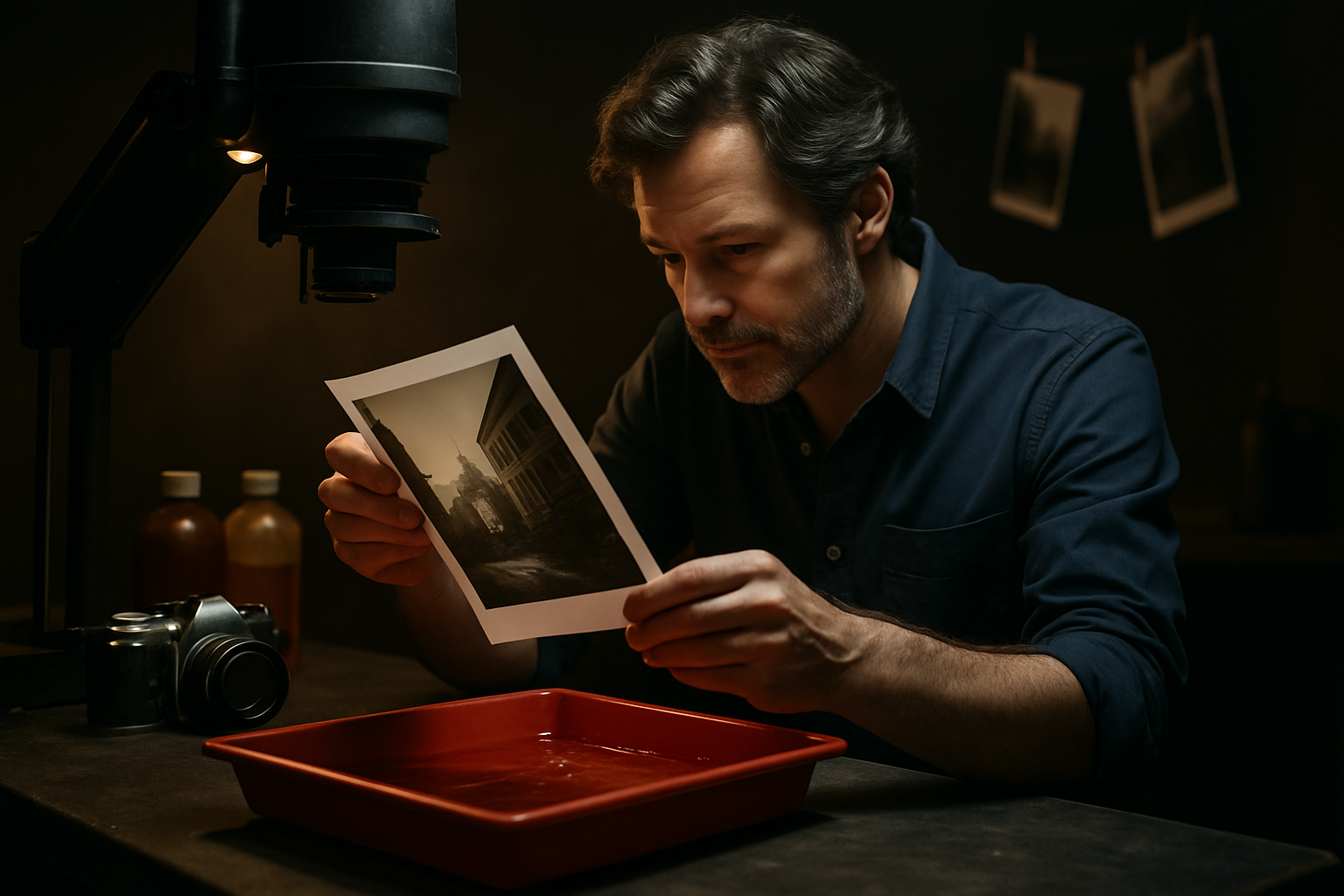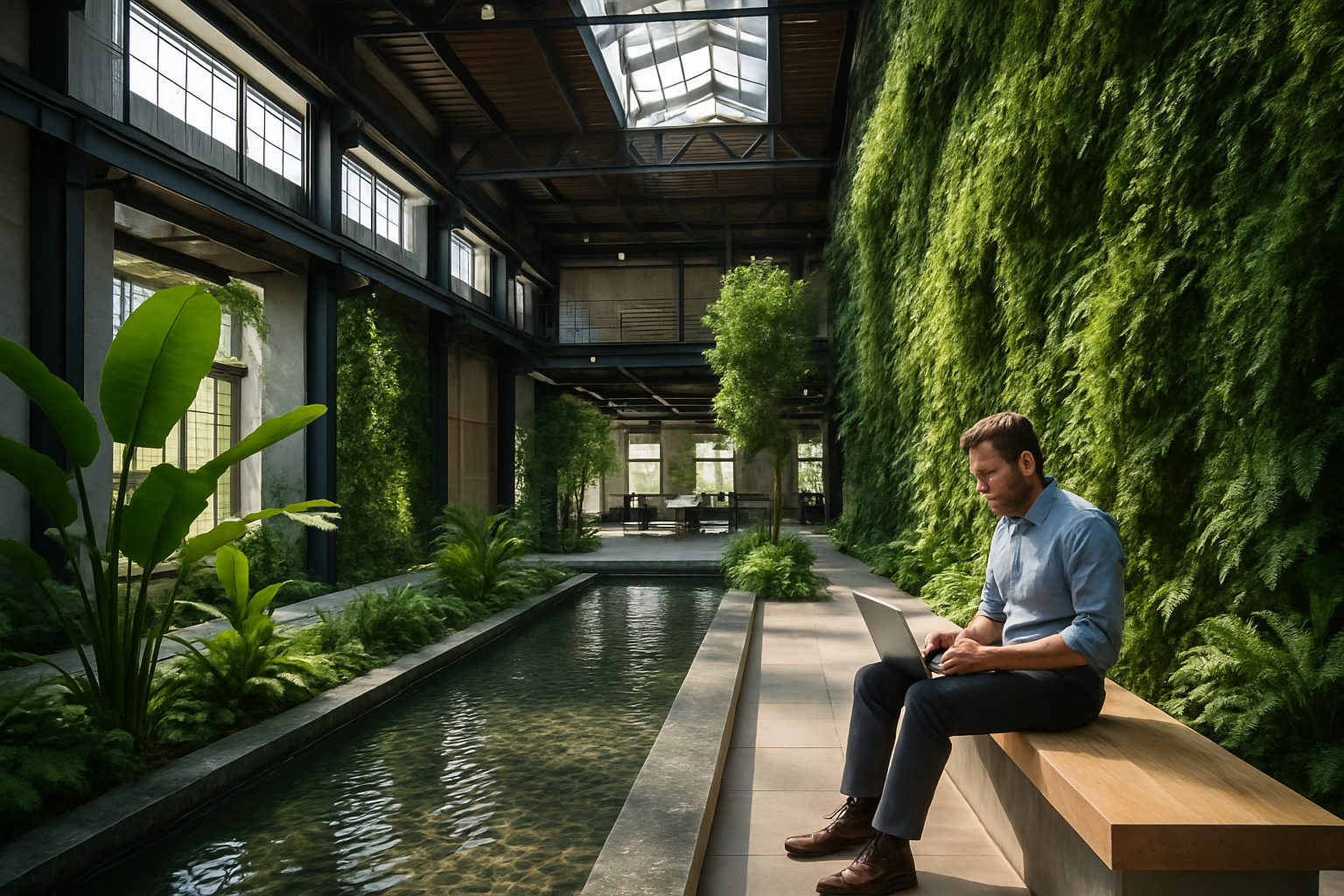The Resurgence of Analog Photography in the Digital Age
In an era dominated by digital technology, a surprising trend has emerged in the world of photography. Analog photography, once thought to be obsolete, is experiencing a remarkable revival. This renaissance of film-based image-making has captivated both seasoned professionals and a new generation of enthusiasts, sparking a renewed appreciation for the craft's tangible and tactile nature. As digital perfection becomes ubiquitous, many are finding solace and artistic fulfillment in the imperfections and unpredictability of analog processes.

A Return to Craftsmanship
Analog photography demands a level of skill and patience that many find lacking in the point-and-shoot simplicity of digital cameras. The process of loading film, manually adjusting exposure settings, and carefully composing each shot forces photographers to slow down and consider their craft more deliberately. This return to a more hands-on approach has reignited interest in the technical aspects of photography, with many enthusiasts embracing the challenge of mastering traditional darkroom techniques alongside their digital skills.
The Instant Gratification Backlash
In a world of instant digital feedback, the delayed gratification inherent in film photography has become a novel and appealing concept. The anticipation of waiting for film to be developed and the excitement of seeing the results for the first time offer a unique experience that many find refreshing. This slower, more thoughtful approach to image-making stands in stark contrast to the rapid-fire shooting and immediate review enabled by digital cameras, encouraging photographers to be more selective and intentional with their work.
Analog in the Art World
The art world has played a significant role in legitimizing and elevating analog photography’s status. Galleries and museums are increasingly showcasing work created using traditional film processes, recognizing the medium’s artistic merit and historical significance. Collectors, too, have shown renewed interest in analog prints, appreciating their uniqueness and tangible quality in an age of endlessly reproducible digital images. This institutional support has helped to solidify analog photography’s place in contemporary art discourse and practice.
The Intersection of Old and New
Interestingly, the revival of analog photography has not occurred in isolation from digital technology. Many photographers are embracing a hybrid approach, combining traditional film capture with digital post-processing techniques. This fusion of old and new allows for the best of both worlds: the aesthetic qualities of film with the convenience and flexibility of digital editing. Additionally, social media platforms have played a crucial role in popularizing analog photography, with dedicated communities sharing tips, techniques, and inspiration online.
Educational Renaissance
The resurgence of analog photography has also sparked a revival in photography education. Workshops, courses, and mentorship programs focused on film photography and darkroom techniques are gaining popularity, attracting both beginners and experienced photographers looking to expand their skills. This educational renaissance is not only preserving traditional photographic knowledge but also fostering a new generation of practitioners who appreciate the craft’s historical roots and artistic potential.
Environmental Considerations
While the analog revival has been celebrated by many, it has also raised important questions about sustainability. The production and processing of film involve chemicals and resources that can have environmental impacts. However, proponents argue that the slower, more deliberate nature of film photography encourages a more sustainable approach to image-making, with photographers creating fewer, more thoughtful images compared to the often excessive shooting enabled by digital cameras. This debate continues to shape discussions around the future of analog photography and its place in a world increasingly concerned with environmental sustainability.
The Future of Analog
As the analog photography movement continues to gain momentum, questions arise about its long-term viability and role in the broader photographic landscape. While it’s unlikely to supplant digital as the dominant form of image-making, analog photography has carved out a significant niche that shows no signs of disappearing. The unique aesthetic, tactile experience, and connection to photographic history offered by film continue to attract new adherents, ensuring its place in the future of visual arts.
Conclusion
The resurgence of analog photography in the digital age represents more than just a nostalgic trend. It reflects a deeper desire for authenticity, craftsmanship, and tangible experiences in an increasingly virtual world. As photographers continue to explore and celebrate the unique qualities of film, the medium’s revival serves as a reminder of the enduring power of traditional artistic processes in the face of technological advancement. The analog renaissance not only preserves an important part of photographic history but also opens up new avenues for creative expression and artistic exploration in the 21st century.





